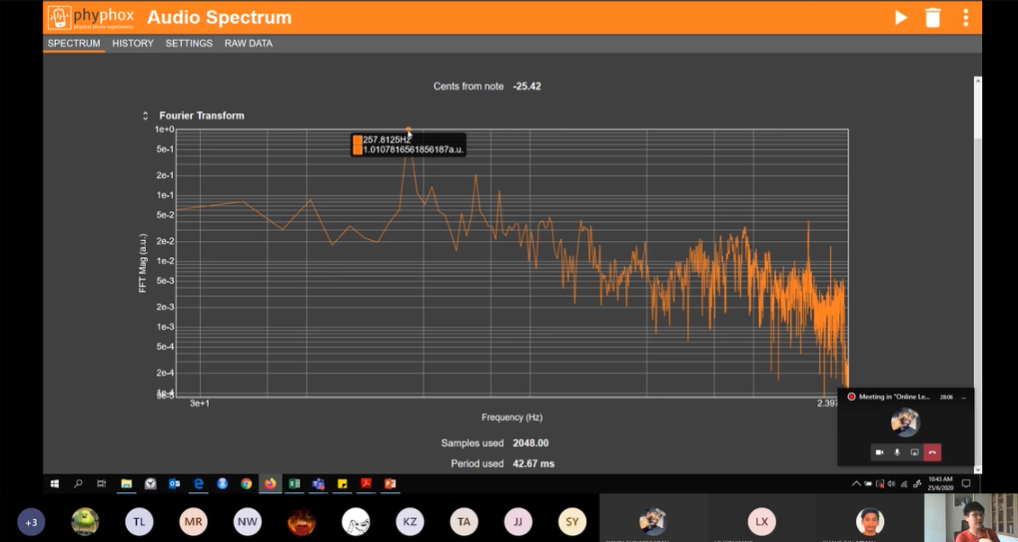Why Singapore’s English Teachers Should Embrace Singlish, Not Fight It
Is it time for Singaporean educators to embrace Singlish as a legitimate learning tool? What the Research […]
Read More
Contributed by Wee Kin Guan, Lecturer (Singapore Polytechnic), for SingTeach Virtual Staff Lounge
I had little idea what or how to teach our students when the Circuit Breaker was announced on 7 April 2020 due to the COVID-19 pandemic. All schools and institutes of higher learning needed to pool resources and work around the clock in order to ensure a smooth transition to home-based learning (HBL). Teachers and educators faced great challenges in learning online tools such as Zoom and Microsoft Teams, and adjusting their lesson plans for better student engagement.
It was an eye-opening experience for me. As a Mathematics lecturer at Singapore Polytechnic, I believe that nothing beats face-to-face interactions when teaching mathematics. Writing equations on the whiteboard, showing the relationships between the variables and interacting with the audience through question-and-answer – all these important elements of a mathematics classroom are lost in translation when moved online. In the online world, educators are required to be creative and innovative in their teaching methods to effectively bring the messages across the cyber channel.
In the following few sections, I would like to share with you two insights that I gained from my experience in teaching an engineering mathematics module in the last six months.

Educational technology has been trending among educators for years, and proved to be a valuable ally of teachers in this pandemic. During this period of HBL, I explored a few tools that allow the users to doodle and write down their answers in real-time.
While many of us are used to Kahoot.it or Mentimeter which enable real-time question and answer, I believe it is not the optimal way to engage students fully. These tools require one to write down his or her thoughts, engage in deeper thinking, trace and review the mathematical steps, and present the answers. These learning processes are not visible to the teacher if students work on multiple-choice or short-answer questions.
As an alternative, I decided to use a free interactive virtual whiteboard called Whiteboard.fi. The advantages of this tool compared to other similar tools (such as Microsoft Whiteboard, Ziteboard and Twiddla) are as follows (according to https://whiteboard.fi/#features):
The benefits are twofold. On top of the ability to observe the whole class’ participation through a bird’s eye view, I could also highlight the important solutions that students came up with. For example, I could see if the students are able to select the suitable substitution to carry out integrations (see Figure 1). In addition to that, as some students might be shy and avoid asking questions during the online class, this platform allows me to observe their work in real-time.

Figure 1. Whiteboard.fi in action. Students participated via their computers or mobile devices.
Demonstration is a powerful tool in a science classroom. It allows students to understand scientific concepts in a visual and exciting manner. When a demonstration is conducted appropriately, students are able to see a powerful connection between real life phenomena and abstract mathematical equations. The use of mathematics can help to enhance the Explain step in the Predict-Observe-Explain model commonly used when teaching Science.
One of the topics in our Mathematics curriculum is Fourier Series which represents a periodic function with an infinite sum of sine and cosine functions. It is useful in separating a signal from noise in any engineering principle. As the calculations of the Fourier coefficients can get very tedious, some students, if not all, get frustrated and lost in this chapter.
To make the connection between the calculated numbers and real-world examples, I demonstrated using an app called Phyphox. This app allows one to use a smartphone to measure various physical quantities such as acceleration, audio amplitude and spectrum. During the HBL, I explained that the Fourier Series is able to analyse a periodic signal, and calculate the amplitudes and frequencies of the dominant signals. Then, I played a musical note on my ukulele and invited them to guess the note. Lastly, I concluded that many measuring instruments rely on mathematics to provide a precise result.

Figure 2. Phyphox in action. I demonstrated the analysis of a musical note using the app.
Resource
Explaining Science PRO-Fessionally, SingTeach Issue 50: https://singteach.nie.edu.sg/issue50-classroom01/